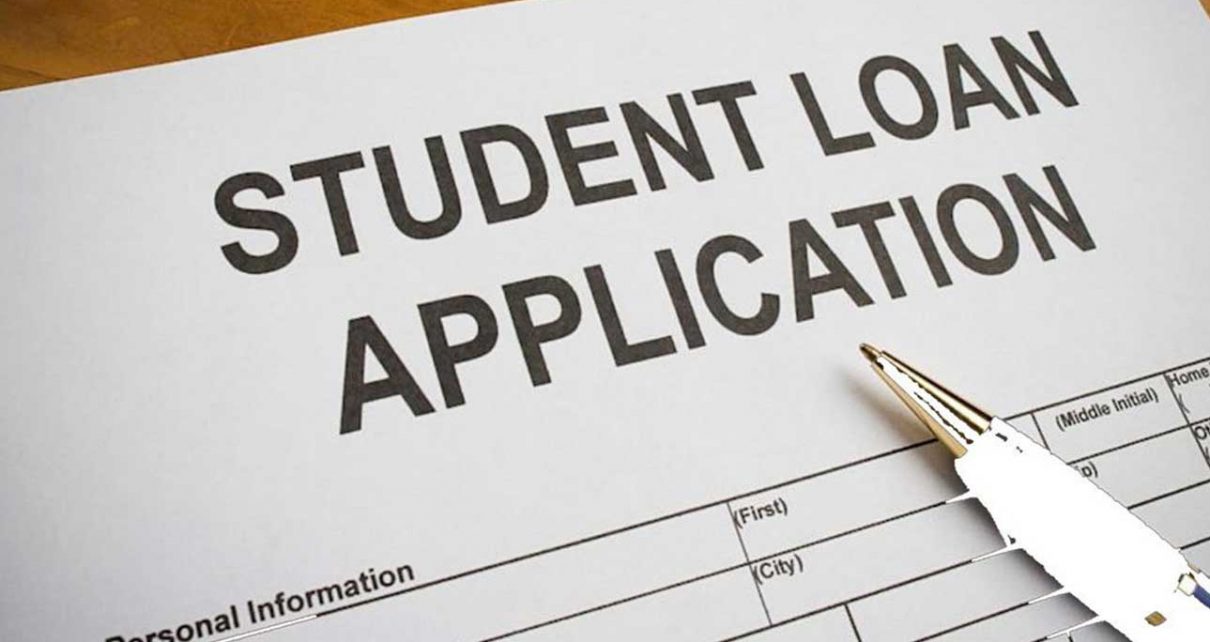It’s that time of year again – tax time. While you may not look forward to the actual filing of your taxes, many consumers do look forward to getting that refund check. In fact, most start planning what they will do with that refund long before tax season.
Whether you were planning on putting a down payment on a new vehicle, putting it in savings, catching up on those Christmas bills or paying off debt, finding out your federal or state tax refund has been seized can be a nasty surprise.
Many federal student loan borrowers are caught off guard the first time their refund is taken. This will happen if the loan defaults – no payment for 270 days – and no payment arrangements are made. If you contact the loan holder and start rehabilitation or another type of payment plan and make those payments on time, chances are the process won’t be initiated. You can alsoconsolidate the loan out of default.
The process for what is commonly called garnishment starts with initial certification for Treasury Department offset several months before tax time – usually in the fall. You will receive a notice that the loan holder is submitting your debt for tax offset and have the opportunity to appeal this action. This notice is generally sent to the address you used the last time you filed your taxes or to the address on file at the loan holder. Some reasons for appeal include:
• The debt is paid in full.
• The loan should not be in default.
• You may be eligible for discharge because a school closed or falsely certified the loan.
• The borrower is deceased or permanently disabled.
• The loan should have been refunded by the school.
• The loan is not yours due to identity theft.
• The loan was discharged in bankruptcy.
If you think you have a valid reason to avoid offset, you should submit your appeal within 65 days of the date of the notice. If you wish to review your loan file, you must make that request within 20 days of the notice and request an appeal within 15 days of that request.
All requests must be in writing to the loan holder, whose address will be included in the notice of offset. If you request an appeal within those time frames, your offset will generally be put on hold while you wait for a hearing. Requests made after that will not halt the offset process, but if you succeed in your appeal the offset amount will be returned to you.
If you file your taxes jointly, your spouse may also request to have his or her portion of the refund returned. This is called an injured spouse claim and is filed directly through the IRS.
Once your account has been certified for Treasury offset, and there is no successful appeal, it will remain in this status until the default is resolved through rehabilitation, consolidation or by paying the loan in full. This certification does not limit the garnished amounts to tax refunds but can include other types of federal payments including: wages for federal employees, including military pay; Social Security benefits, other than Supplemental Security; some federal bond payments; and federal retirement benefits.
In some cases, especially when Social Security benefits are offset, the borrower can file a financial hardship appeal to the loan holder to receive a portion or all of the garnishment back. If Social Security is your only income, and losing a portion of it will drop you below a minimal standard of living, you should submit this appeal to the loan holder. You will likely be asked to submit proof of all income and expenses as well as other forms of support you may receive.
If you take the trouble to go through the appeal process, the Student Loan Ranger encourages you to take the opportunity to resolve the student loan default while you are at it. Remember there is no statute of limitations on federal student loans, so unless and until you resolve the default, it will continue to haunt you until – well, forever.
Student loans that are not in default are eligible for lower payment options including the income-driven repayment plans, which set the payments based on your income, and have a forgiveness component after a certain number of years. If your income is very low, such as someone whose only income is Social Security, those payments could be zero dollars per month.
While appealing the offset and resolving the default may feel intimidating to some, the process is straightforward and fact-based. Doing so will also alleviate a lot of future headaches.


